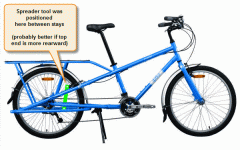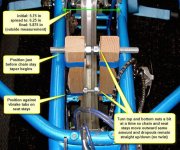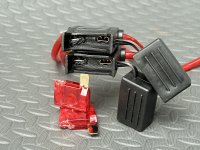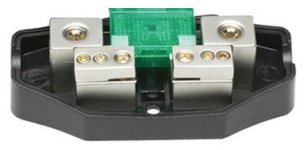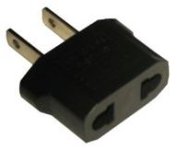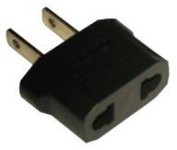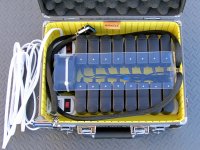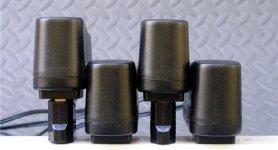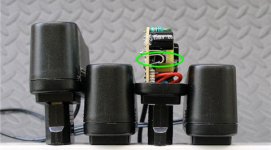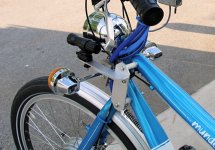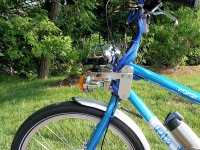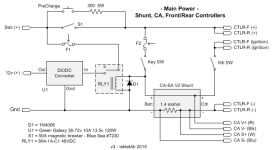hjns said:
Would you be so kind and explain what you did to have the CA Analogger data overlay your video material? Very much appreciated!
The clip was produced using
Dashware which allows you to import data files containing trip data, devise custom gauge clusters, and hook the two together to overlay video produced by common cameras such as Contour or Hero. There are some sample gauge clusters, etc that come with the product but its potential power lies in the purported visual and video rendering customization. I say 'purported' because this is a versionless toy product by a toy company. Support is essentially non-existent and there are major sections of the product that don't work or were never implemented. Rifling through a forum I found mention of how the video configuration section had been de-activated because of issues - of course, it is still present in the GUI to confound you with mysterious errors. It is possible to do some unsupported hacking and manually copy/edit XML files to change some settings (this is the company's recommended procedure to customize video rendering!).
On the plus side, I think if you have one of the supported cameras and can live with the video encoding presets in unmodified form, you will get some nice results. Sadly, there are no means to do cuts/fades, adjust audio levels, or perform other trivial video editing/processing tasks, so you will need to run the output through another video editor to get a polished production - with the associated addition of re-rendering video degradation. Thankfully, the demo is not crippled and the product is cheap.
I typically take the Analogger data, dump it into Excel and apply some canned calculations to derive additional columns of derived data. This whole thing gets exported as a single CSV file that Dashware ingests to drive the gauges. For instance, as mentioned in the
earlier Analogger posts, my bike logs the one/two motor switch as well as the LHM switch. This switch data is massaged by Excel to create a maximum power limit which Dashware then uses to create the green sector overlay of the center gauge that shows the available 0-to-xxx power sub-range of the total 3kW. Similarly, the Analogger ThI and ThO data is massaged and used to drive the two needles on the bottom Throttle gauge - the Rider and CA-generated throttle values respectively.
Hope this helps a bit - I like the product concept, but it's clearly not a 'general' video product as claimed, though it appears to work fine with select cameras as shown by the sample video on the Dashware site (I guess I need to buy one of those cameras...).


